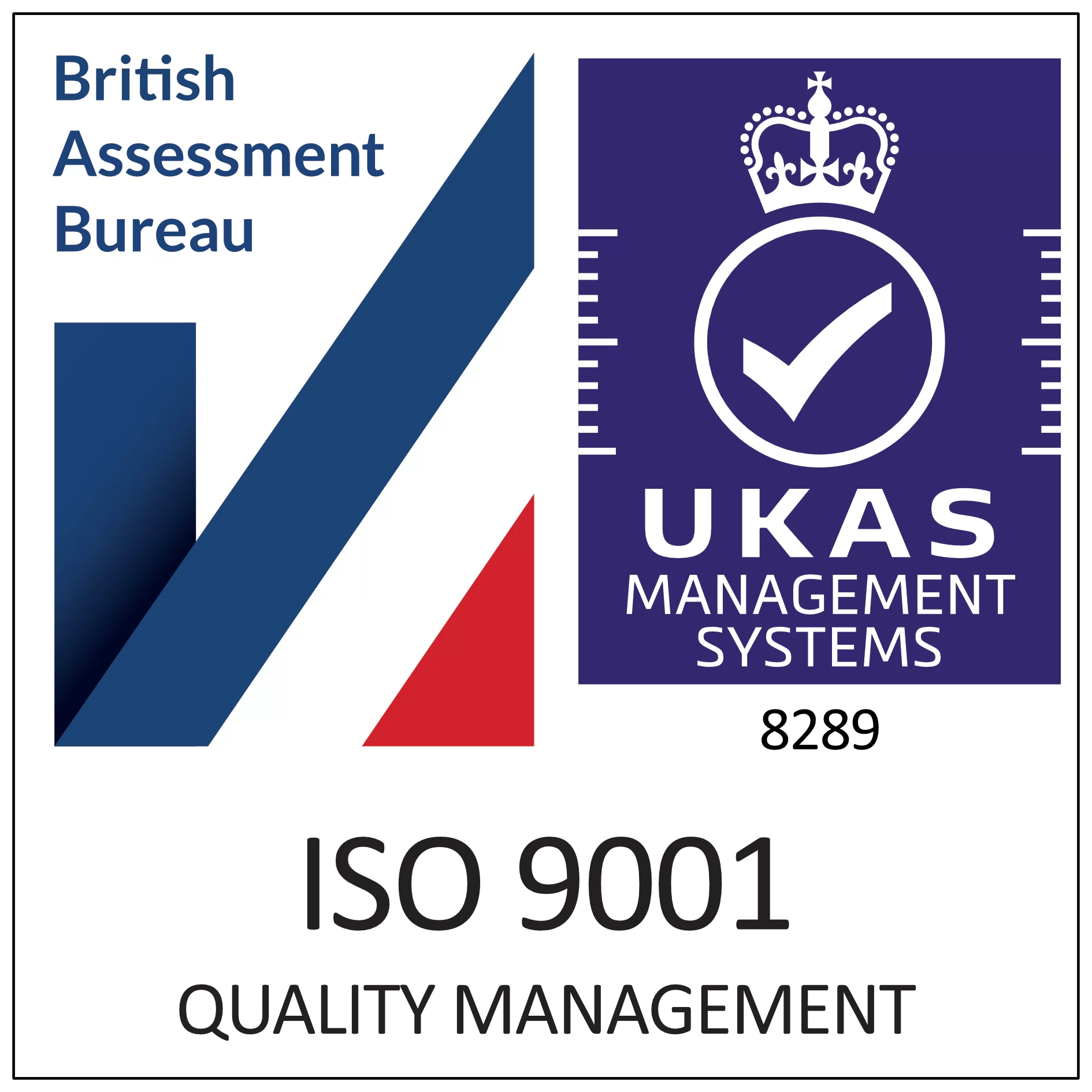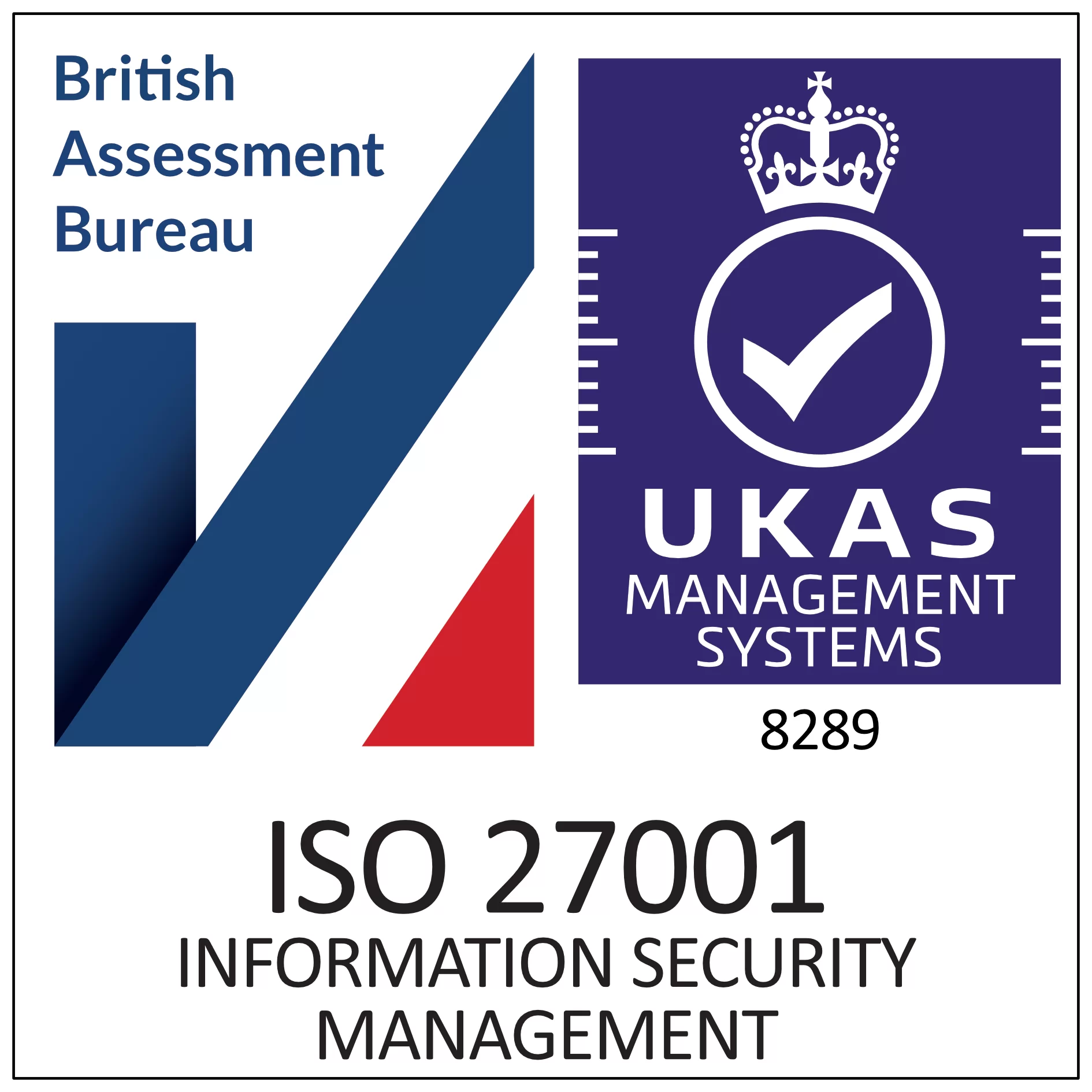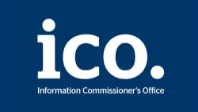The Legality of eSignatures in Ecuador
Explore the legality of electronic signatures in Ecuador and the laws and regulations that govern their use.

Trusted By
Are eSignatures Legally Binding in Ecuador?
Documents that can be signed electronically
The documents below can typically use electronic signatures, but the signature must be in the form of a qualified electronic signature (QES):
- Insurance policy
- Consumer agreements such as new retail account opening documents
- Certificates issued by public entities
- Commercial agreements between corporate entities including NDAs, sales agreements and service agreements
- Tax documents
- Software license contracts
- Employee confidentiality and invention agreements
Documents that may not be electronically signed
In Ecuador, some transaction types explicitly require a handwritten signature and do not permit electronic signatures. Also, some formal notarial processes are not compatible with the use of e-signatures. Examples of documents that cannot use electronic signatures include:
- Partition and adjudication of real estate
- Constitution of mortgages and loan mortgage agreements
- Acts and agreements of real estate property transfer under any title
- Liquidation or dissolution of the conjugal partnership
- Company incorporation agreements
- Establishment of agricultural lien
- Reactivation of companies
- Constitution of the right of use and the right of habitation
- Capital increases or decreases, mergers and spin-offs
- Dissolution and liquidation of companies
- Mortgage cancellations
- Establishment of a commercial trust
- Power of attorney
- Trust related issues
- And more
Types of e-signature permitted in Ecuador
The only type of electronic signature that is legally recognised in Ecuador is a QES. A qualified e-signature is an implementation that has met particular government specifications such as using a secure signature creation device. Also, it has been certified as “qualified” by the government or a contracted third party.
Notable legality changes since 2020
In 2021 Article 36 of the E-Signature Law was introduced which widened the scope of the Foreign Trade Committee’s (COMEX) authority in verifying and using e-signatures to promote investments and foreign trade.
Additionally, Article 63 was introduced in 2023 which requires the Ministry of Telecommunications to provide software within 120 days of enactment for use by public authorities in administrative proceedings. The software must allow the authority to verify the authenticity of the e-signature applied to the document that has been submitted for the authority’s consideration. The Article defines standards for the software.
Publicly Accessible Links to Laws/Regulations Discussed
- The Law on Electronic Commerce, Electronic Signatures, and Data Messages
- The Organic Law For Digital and Audiovisual Transformation
Disclaimer
The content provided on this website is meant for general informational use only and does not constitute legal advice. Legal regulations on this topic can evolve rapidly, so E-Sign does not ensure that the information presented here is always up-to-date or accurate. If you have particular legal concerns regarding any details on this site, it is recommended that you consult with a licensed attorney in your jurisdiction.
Last Updated 9th October 2024




























